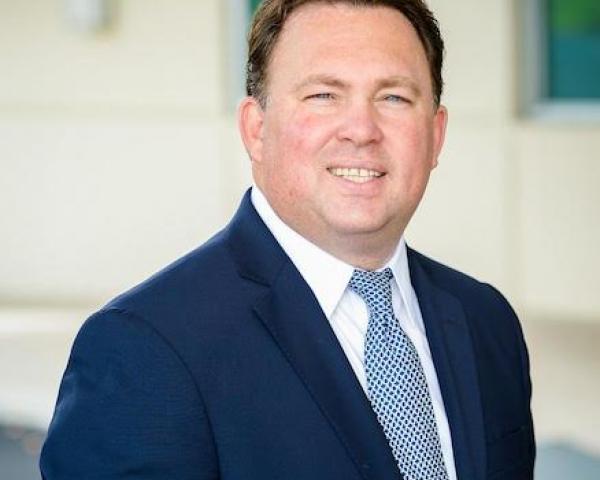From delay born of pandemic to decisiveness borne by leaders with a plan, from anger born of isolation to action borne by people’s refusal to isolate themselves from the world, the authors of the first chapter of post-pandemic life—the writers of this history—are the underwriters of life insurance. The men and women responsible for the expansion of accelerated underwriting deserve their place in history.
The public has a right to know, and the insurance industry has a duty to promote, what accelerated underwriting is: that new technologies make it fast and affordable to review life insurance applications; that insurers can check prescriptions, driving records and all relevant records in minutes; that this process is safe and noninvasive, free of undergoing a physical or having someone enter a physical premise.
Because of a combination of timing and technology, accelerated underwriting is no longer an option for the few. Because of the times in which we live, accelerated underwriting may become a preference of the many. Because of these things and more, including the need to slow or stop the spread of COVID-19, accelerated underwriting may save lives while increasing sales of life insurance. But people cannot buy what they do not know exists.
People need to know that eligibility does not depend on electability, that they do not have to elect to put themselves at risk so as to have insurers assess the risks of issuing life insurance. What is available online avails insurers the opportunity to earn the trust of consumers. What sustains this trust is what accelerates the means by which consumers can create trusts or tax-free income, thanks to owning life insurance. What makes this trust possible in the first place is accelerated underwriting.
The terms may differ, the terms do differ, but the conditions are the same; that is to say, accelerated underwriting is not conditioned on strangers visiting applicants’ homes.
Matters of personal health are a matter of public health, such that people of a certain age or condition do not want to increase their vulnerability or lower their immunity to illness. Put another way, no one wants to die from life insurance, though many want to die with life insurance.
Accelerated underwriting is true to its name, using technology to collect and analyze data. From there, insurers can determine specific costs for specific consumers. The process is efficient and economical for everyone, allowing insurers to write more policies while enabling consumers to compare prices. But again, the information that furthers accelerated underwriting begins with the information insurers give consumers.
See also: Digital Revolution Reaches Underwriting
Accelerated underwriting is a universal good, based on the good of intelligence, for the purchase of goods in the form of life insurance. The result serves the common good, strengthening individuals and families. For this good to flourish, acts of goodness demand swift and secure action.
Now is the time to accelerate the use of accelerated underwriting, so we may speed up the day when all who want life insurance can have it.








